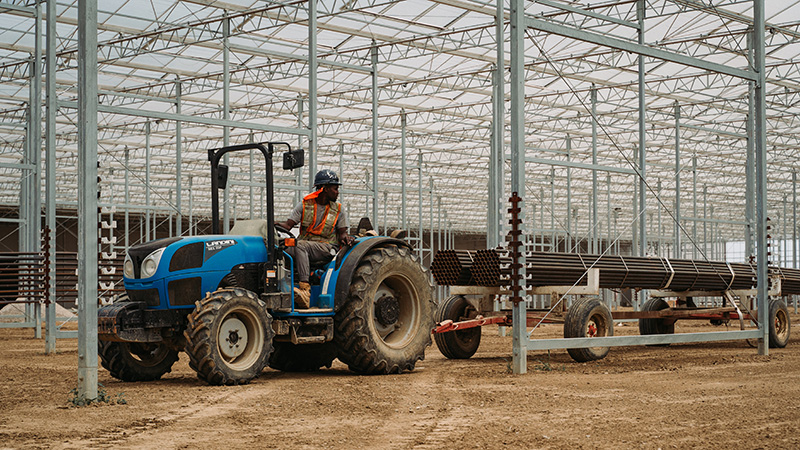Why the Horticulture Industry Must Overcome its Generational Divide
My journey into the horticultural world got a late start. Originally intent on medical school, I followed a pre-medical track throughout my undergraduate career. During my last semester, however, I finally admitted something I had desperately tried to ignore: I was miserable. I decided to scrap my medical school applications and instead apply for several horticultural internships, as I had discovered a love for plants and gardening in the preceding two years.
During the fall of 2014, I lived on the island of Kauai in the state of Hawaii and completed an internship at the National Tropical Botanical Garden. Upon my return to Florida, I worked full-time as a gardener for the next year at Bok Tower Gardens in Lake Wales. While there, I acknowledged that I preferred gardening as a hobby and decided to return to school. I was accepted into Dr. Thomas Colquhoun’s plant breeding and biotechnology lab at the University of Florida and began my graduate education in January 2016. I completed my master’s degree in December 2017 and started my Ph.D. program in January 2018. Despite the circuitous route, I could not be happier to be where I am now.
Leverage Social Media to Promote Plants
This is an incredibly exciting time for the horticulture industry. The 2008 financial crisis struck the plant world especially hard, and many in the industry struggled to recover during the past decade. Over the last few years, however, national surveys have tracked steady growth in the horticulture industry — growth driven in large part by young people. More individuals and households are taking up gardening and investing in ornamental and edible plants, succulents, and houseplants.
I think social media has played a role in this surge of interest. For example, on the popular Instagram platform, countless pages are dedicated to all things plant related, many of which boast tens of thousands and even hundreds of thousands of followers. I think social media, if used properly, is an incredibly powerful marketing tool that should be used more by those in the industry.
Let’s Bridge the Generational Gap
As I’ve been exposed to more of the industry, I’ve noticed something of a generational divide. Young people tend to get a bad rap. Millennials, like me, are particularly denigrated. But as cliché as it may sound, we really are the future of the horticulture industry. It is vitally important for those who have long been in the industry to actively engage with the next generation of plant enthusiasts, to overcome that generational divide and share their knowledge and expertise. Young people must be willing to come to the table, as well, and learn from those who are more experienced.
Attracting good talent can be a challenge for any industry, but the horticulture seems to struggle with it more than others. The industry and individual growers could do many things to improve recruitment ranging from broad, long-term efforts to specific, targeted actions. To name just a few ideas, growers and industry groups could sponsor gardens or horticulture programs at local schools, helping to combat plant blindness in children and teens. Greater representation at career fairs at all education levels could help dispel misconceptions about jobs in horticulture and spread the word on the vast career options that exist. More industry apprenticeships and internships could be offered for students, recent graduates, and young professionals.
But attracting good talent is only part of the battle, as the talent must be retained. It is important for employers to remember that in some ways, their employees are like the plants they grow far more likely to flourish if they are nurtured and taken care of properly.










